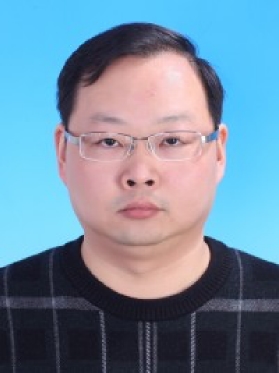USTC Astronomy Seminar Series: 2018 Fall
What Drives Galaxy Quenching? Insights from Current IFU and CO Intensity Mapping Surveys
李成 教授
清华大学
2018/10/09, 4:00pm , the 19th-floor Observatory Hall

The cosmic star formation rate density has been declining since z~2-3, suggesting that the cessation of star formation has been the dominating process in galaxy evolution since then. However, it is unclear how the star formation gets quenched inside the galaxies and what physical mechanisms drive this process. Current integral field unit (IFU) surveys such as CALIFA and MaNGA are providing resolved spectroscopy for large samples of galaxies, while CO intensity mapping such as the EDGE survey is providing spatially resolved molecular gas mass density. These data allow the star formation histories and cold gas distribution across the whole galaxy area, and thus the quenching processes to be studied with high accuracy. I will talk about our recent works based on these surveys, particularly the roles of internal structure (e.g. bars),molecular gas and environmental effect in driving the star formation quenching processes.
李成, 2000年于中国科学技术大学天文与应用物理系本科毕业, 2006年于中国科学技术大学天文系博士毕业, 2007-2010年在中科院上海天文台及德国马普天体物理所做博士后, 2010-2015年任上海天文台星系宇宙学中心研究员、 中科院马普小组组长, 2015年至今任清华大学物理系和清华天体物理中心教授。 主要研究方向是星系的结构、 形成与演化、 以及大尺度结构, 迄今发表论文110余篇, 获引用6000余次。 参与国际巡天SDSS-IV和Subaru/PFS, 任SDSS-IV/MaNGA巡天的科学委员会联合主席、 数据产品委员会主席、 执委会委员。 现任中国天文学会星系宇宙学专业委员会主任委员。 曾获国家杰出青年科学基金、 上海市“ 浦江人才计划” 、 上海市科学技术一等奖等资助或奖励。
 邮编:230026 ,
邮编:230026 ,  联系电话: 0551-63601861
联系电话: 0551-63601861 Email:
Email: